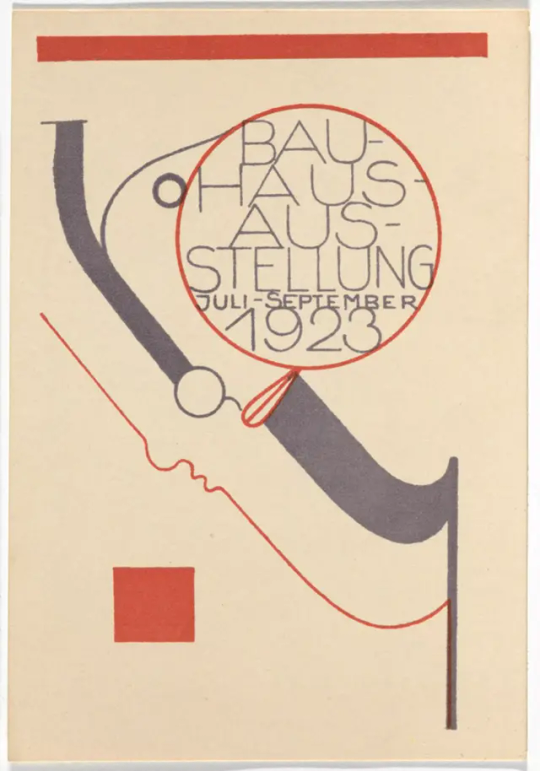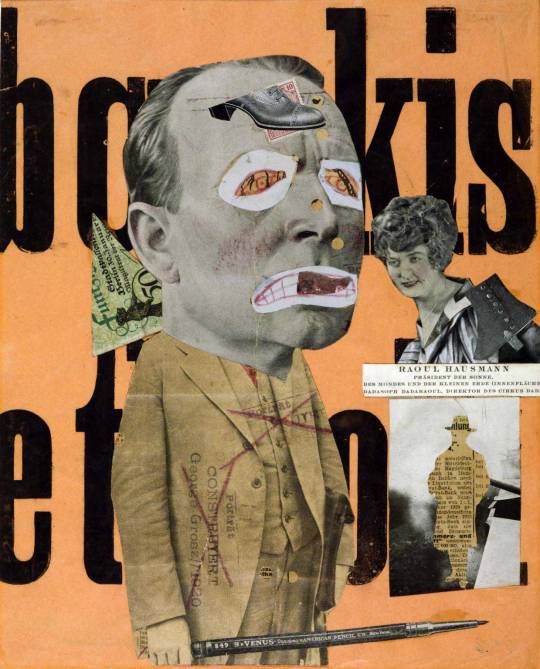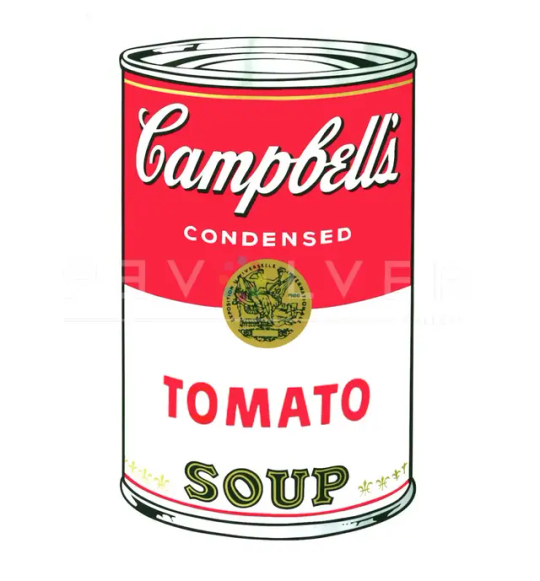Don't wanna be here? Send us removal request.
Text
Bauhaus

"Bauhaus Postcard" by Oscar Schlemmer (1963)
Bauhaus was a German art movement first developed by Walter Gropius in 1919. The original purpose behind it was to “integrate art with industry”, or in simpler terms, make a style that combines mechanical and modern. The name Bauhaus translated to English roughly means “construction/building house”, which explains why the style looks so mechanical. It first came into existence to oppose the Arts and Crafts movement of England, which consisted of complicated designs and was made in order to up the standards of the industry at the time. Later on, during the Nazi reign of Germany, the Bauhaus was shut down due to the fascist and conservative powers at play. However, it regained immense popularity and attention worldwide after that reign eventually ended. As stated before, Bauhaus design is a great combination of mechanical and modern, one of the more popular designs that belong to this archetype. The designs are very geometric, relying on primarily squares, circles, and lines more often than not. There are very few examples of Bauhaus design using organic or free form shapes. Many designs are also asymmetrical, either tilting the design or scattering the shapes around in an almost random way. With all these traits though, they’re definitely reasons why I love the Bauhaus style.
Dada

"The Art Critic" by Raoul Hausmann (1919)
Dadaism was a European art movement that came out soon after the events of World War I. Originally taking form in Switzerland, Hugo Ball began the movement in order to reject the aesthetics of 1916 modern capitalism. The look of Dada would gain traction quickly and immensely far; The movement would spread to places like France, America, and even Japan. The specific meaning behind the nonsense associated with the style is to be aimed at a public that’s remained complicit with the politicians involved in the Great War. This movement would actually become the stepping stone for Bauhaus in a few years, as can seen in its scattered and bizarrely organized imagery. Much like Bauhaus, I would say I really like the Dada movement, its history, and its style. There isn’t much different I can say about it, despite the differences between the two. I can respect it too, since it has a visible influence on the punk movement with the paper cutout look and chaotic arrangement. I might even say I like it more because of the more complex layouts compared to Bauhaus’s simplistic visuals.
Pop Art

"Campbell's Soup Cans I: Tomato" by Andy Warhol (1968)
The Pop Art movement first emerged in the mid 1950s in America and Britain. This movement has roots in various styles, including Neo-Dada, which is an evolution of Dadaism. The Pop Art movement’s distinct visuals are based on popular culture and the popping visuals of Western comics, leading to the movement’s name. The incorporation of commercial images is comparable to Dadaism, though the key difference is that Pop Art is far more colorful. Another thing that separates Pop Art from the other movements is that instead of criticizing the state of society at the time, this movement celebrates it. Out of all the movements, this is by far the most recognizable one. I’m sure that almost everyone will be able to recognize the name “Andy Warhol” and the painting of Campbell's tomato soup. Though, despite its recognizably, it doesn’t have much of an effect on me compared to the other movements. I do still think it’s cool, but it doesn’t have the same effect on me that the others do.
Abstract Expressionism

"Yellow Canyon" by Halen Frankenthaler (1968)
Another art movement that took place in 1940s-50s America was Abstract Expressionism. This movement is a variation of abstract art created by artists that painted broad gestures on their canvases in order to create their pieces. It’s one of the more “traditional” art movements compared to all of the others I’ve discussed so far.The purpose behind it is to create forms of self-expression as purely as possible. In this era specifically, it was used as a way to convey the anxiety and trauma of a post-war America. I do find Abstract Expressionism to be genuinely fascinating. While I can’t say I’ve made anything like it in the past or feel inclined to now, I can still respect the steps it took for this movement to take form. Learning that it was a way for people to cope with the aftermath of World War II was unexpected but completely understandable. Along with that, I was surprised to learn that I recognized a couple of the pieces that were a part of the movement. Though I’m not fully invested, I will admit that it’s very interesting.
Constructivism

"Books (Please)!" by Alexander Rodchenko (1924)
Constructivism is an art movement that took place in 1913 Russia and was started by Vladamir Tatlin. It began at a similar time to Dadaism and served a similar purpose; To make the public aware of social inequities and class divisions. Also like Dada, the style consisted of collages of images put together to convey a message, giving the pieces an industrial look. The movement gained its popularity in 1917 during the Russian Revolution, where the people were advocating for a Communist society. The people that made constructivist art wanted to appeal to the masses and threw away any artistic expression in favor of building and science. The Constructivist movement reached so far, teachers at the Bauhaus used it as a baseline for theirs in Germany. The movement continued to flourish until the 1940s, but its impact can still be felt in movements like minimalism. Because Constructivism, Dadaism, and Bauhaus are all so similar, there’s not much unique I can say about this one in particular. Though, I will say how fascinated I am that all of these movements inspired one another. It is understandable considering they all took place in Europe, one after another. To me, it makes me realize how beautiful the spread of artistic movements is; Different people being inspired by art and making their own take on it is genuinely the best part of the artistic process in my mind.
1 note
·
View note